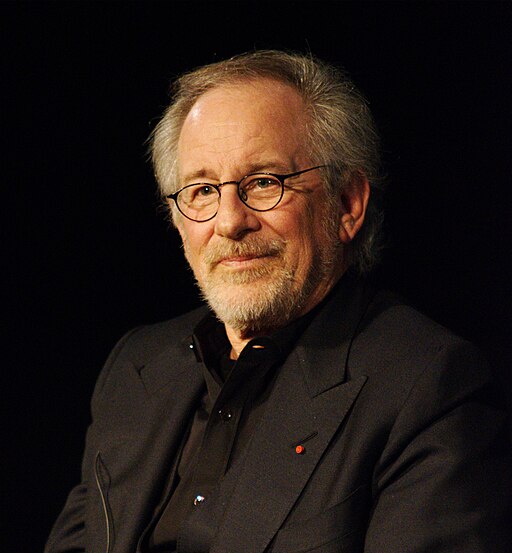WORKPRINT STUDIOS BLOG POST #4 - Business in Film
Filmmaking Blog
Welcome to the Workprint Studios Blog.
WORKPRINT STUDIOS BLOG POST #4 - Business in Film
The history of the business aspect of film spans over a century, beginning in the early 1900s with the emergence of the first motion pictures. At that time, films were produced on a small scale and distributed through nickelodeons, which were small theaters that charged a nickel for admission. However, as the popularity of film grew, new business models emerged to meet the demand.
The studio system, which dominated the film industry from the 1920s to the 1950s, was one of the earliest business models for film production. Under this system, major studios controlled all aspects of film production, including financing, casting, shooting, and distribution. While this system was highly profitable for the studios, it also led to a lack of creative freedom for filmmakers and actors.
In the 1940s and 1950s, independent cinema emerged as a challenge to the dominance of the studio system. Independent filmmakers sought to create films that were outside the mainstream, exploring controversial and taboo topics. This movement paved the way for the emergence of a new generation of filmmakers, including Martin Scorsese, Francis Ford Coppola, and Steven Spielberg.
The 1960s saw the emergence of the New Hollywood era, which was marked by a shift towards more serious and socially conscious filmmaking. Films like Bonnie and Clyde and The Graduate challenged traditional Hollywood narratives and explored new themes and styles. However, this era was short-lived, and by the 1970s and 1980s, the film industry had embraced the blockbuster movie.
Blockbusters, which were typically action-packed and featured big-name actors, were designed to appeal to a wide audience and generate huge profits for studios. The success of films like Star Wars and Jaws led to the development of the modern Hollywood business model, which is still in use today.
The 1990s and 2000s saw significant changes in the film industry due to the rise of digital technology. Digital cameras and editing software made it easier and more affordable for filmmakers to produce and distribute their films. This led to the emergence of a new generation of independent filmmakers, who used social media and crowdfunding to finance and promote their projects.
Today, the film industry is undergoing yet another transformation due to the COVID-19 pandemic. With theaters closed and audiences staying at home, streaming services like Netflix and Amazon Prime have become the dominant players in the industry. This has led to new challenges and opportunities for filmmakers, who must adapt to the changing landscape of film distribution.
Despite these changes, the film industry remains a major economic force, generating billions of dollars in revenue each year. Key players in the industry include major studios like Disney, Warner Bros., and Universal, as well as independent filmmakers, streaming services, and production companies.
In conclusion, the business aspect of film has undergone significant changes over the past century, from the early days of the studio system to the rise of blockbusters, the emergence of independent cinema, and the digital revolution. Today, the industry faces new challenges and opportunities, and it will be fascinating to see how filmmakers and studios adapt to the changing landscape of film production and distribution in the years to come.
DID YOU KNOW?
- Did you know that the studio system, which dominated the film industry in the 1920s to 1950s, was led by major studios like MGM, Warner Bros., and Paramount Pictures?
- Did you know that independent cinema challenged the studio system in the 1940s to 1950s, and led to the emergence of a new generation of filmmakers like Martin Scorsese, Francis Ford Coppola, and Steven Spielberg?
- Did you know that the rise of the blockbuster movie in the 1970s to 1980s, led to the development of the modern Hollywood business model, which is still in use today, and was popularized by filmmakers like George Lucas and Steven Spielberg?
- Did you know that the digital revolution in the 1990s to 2000s, led to the emergence of a new generation of independent filmmakers like Quentin Tarantino and Kevin Smith, who used social media and crowdfunding to finance and promote their projects?
- Did you know that the COVID-19 pandemic has led to the dominance of streaming services like Netflix and Amazon Prime in the film industry, and has created new challenges and opportunities for filmmakers and studios alike?
- Did you know that major studios like Disney, Warner Bros., and Universal are still major players in the film industry, generating billions of dollars in revenue each year?
- Did you know that the film industry has constantly evolved in response to new technologies, social trends, and economic forces, and it will be fascinating to see how filmmakers and studios continue to adapt in the future?
Where you can find us.







